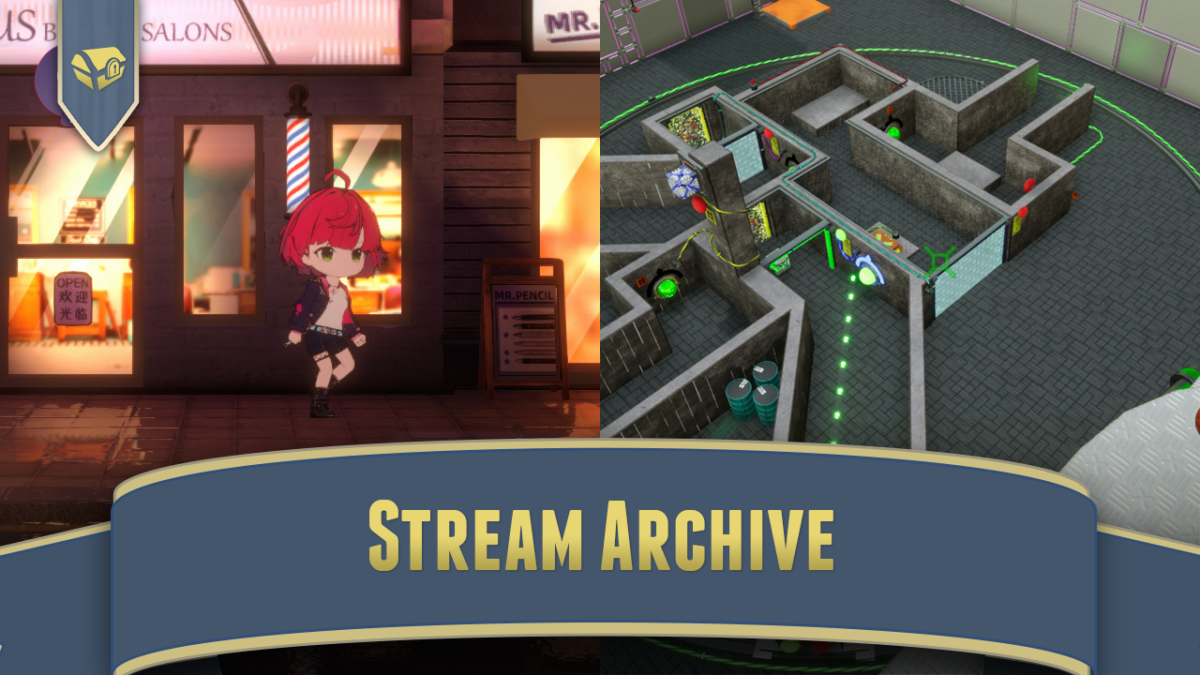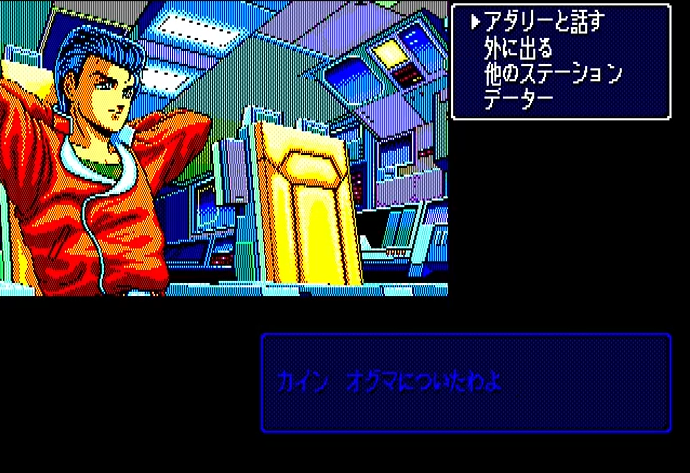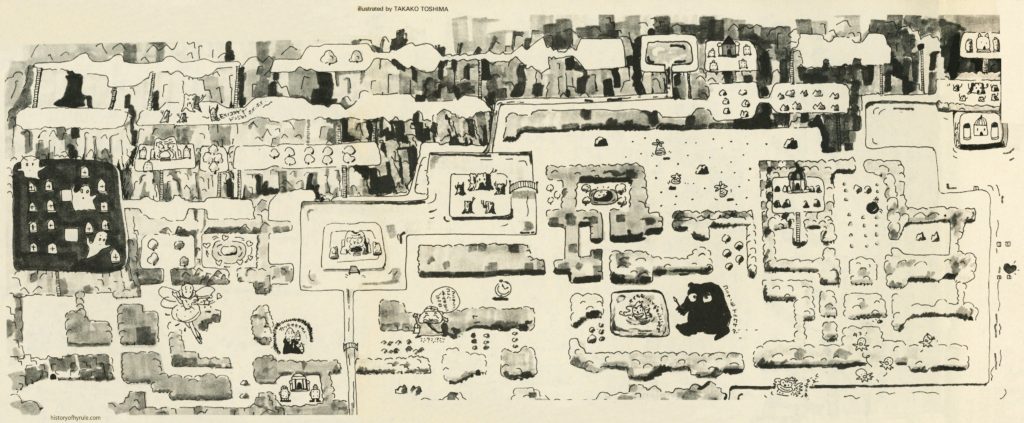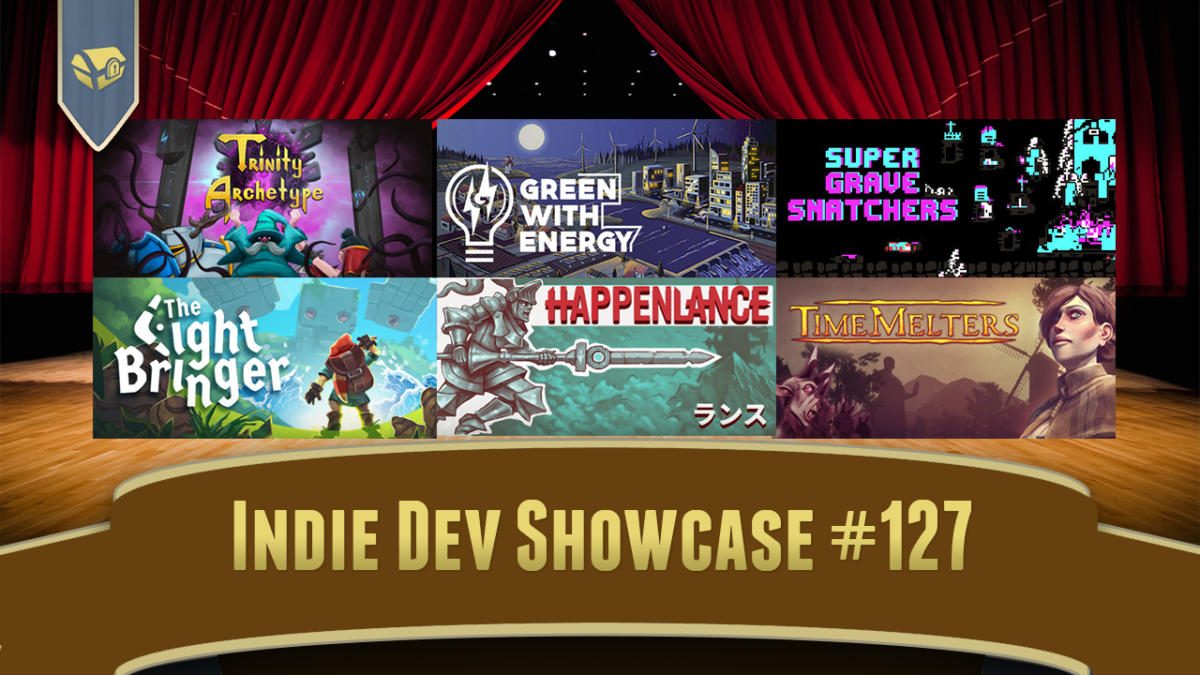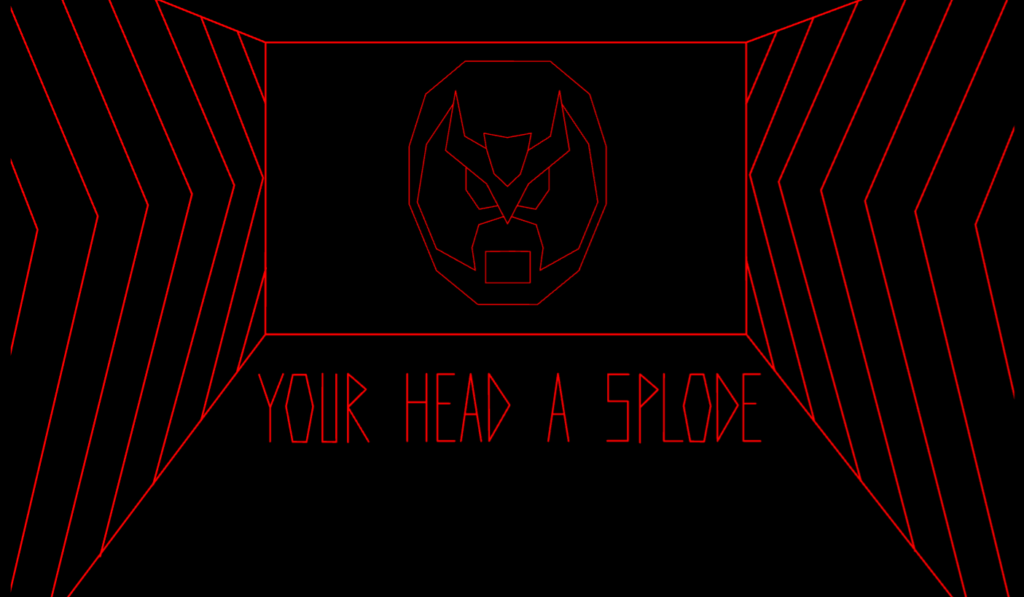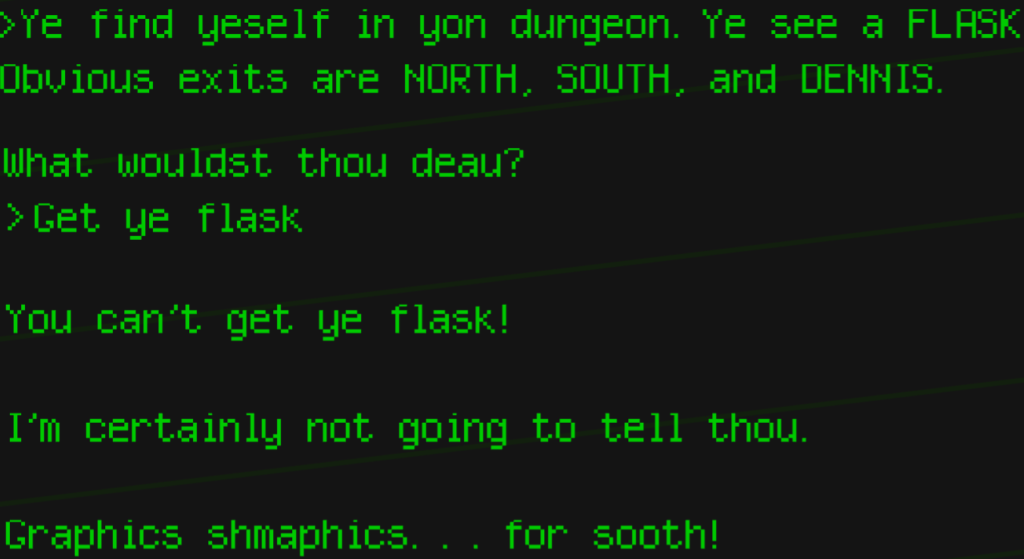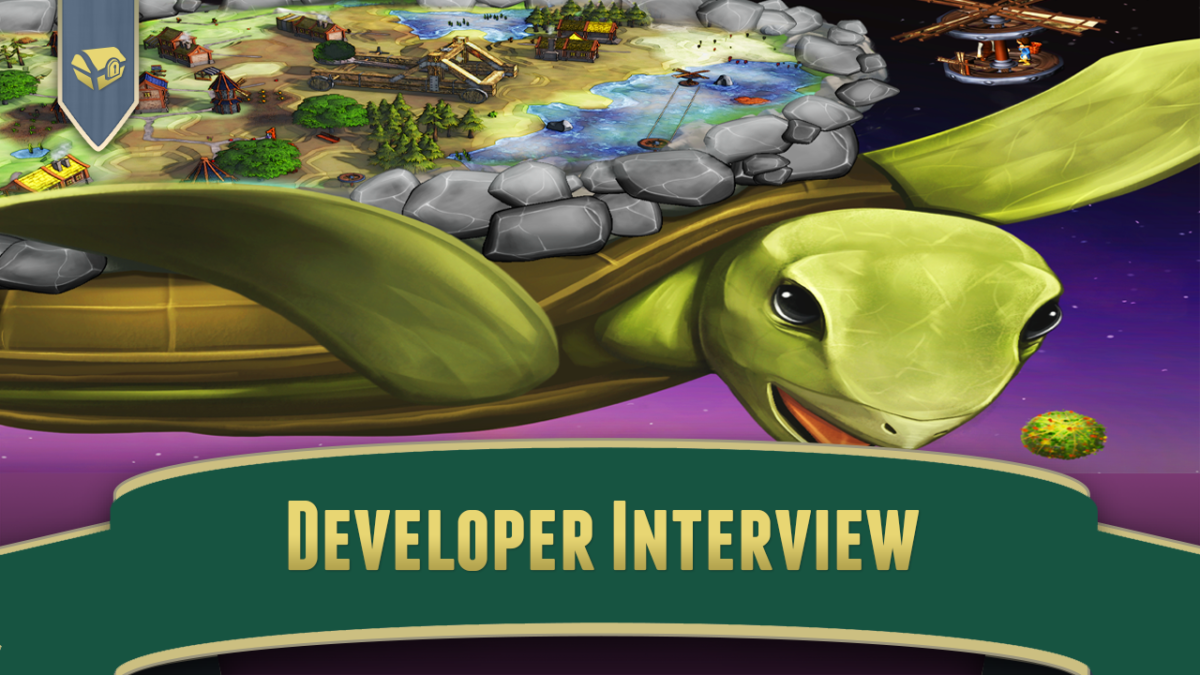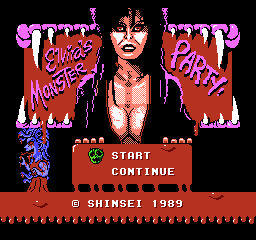
Most, maybe like 90%, of romhacks are pretty dumb. Of the remaining 10%, nine out of ten are somewhat intersting. Then you have that last percentile that achieves greatness. The jury is out, but this one could be in that category.

This hack changes the cult NES classic Monster Party and repurposes it as an episode of Elvira’s B-movie show! It also changes game graphics to make the main character Elvira, and many of the bosses and their text to make them into classic horror movie monsters. It seems like it should be worth a look from that pixel art image of Elvira alone.
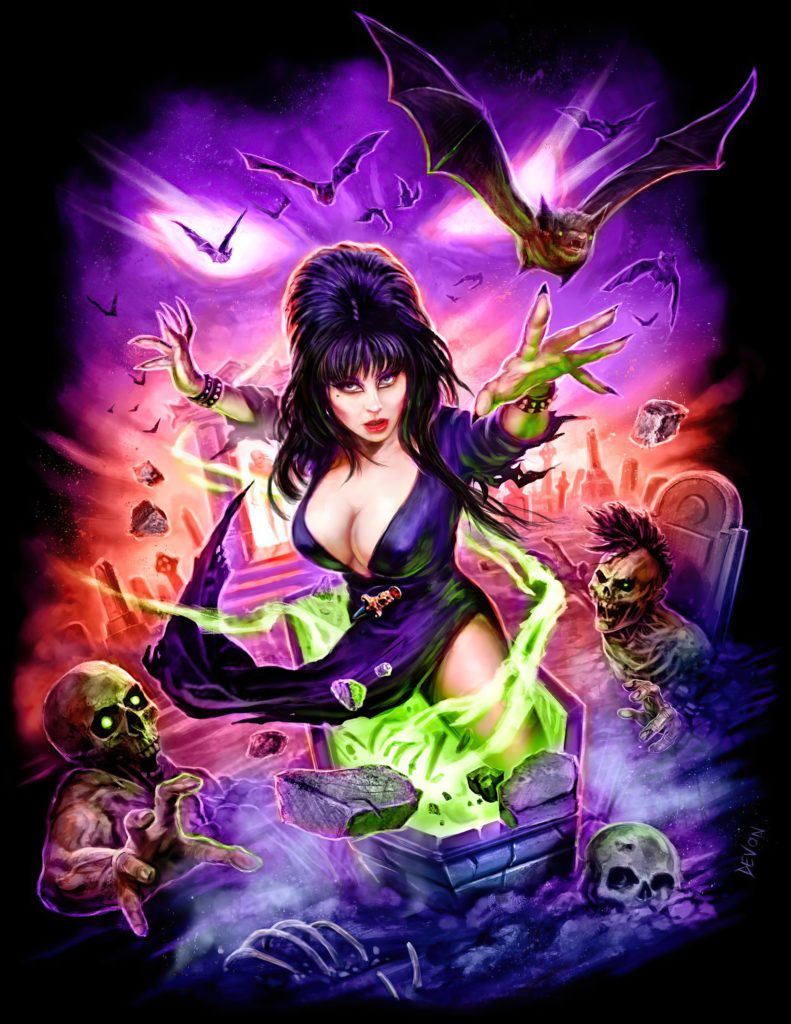
Beyond that, the patch file’s ZIP has some other bits of artwork in it, including a poster, and box art:
I should point out that this is not actually a hack of the release version of Monster Party, but of the prototype of the Japanese version that showed up a few years ago. So you’ll have to hunt that down if you want to try it. And it is worth noting that that version had been held by some time by collectors who were unwilling to let it be dumped. So the construction of this particle of greatness was effectively blocked for an age by their greed. Please remember that.
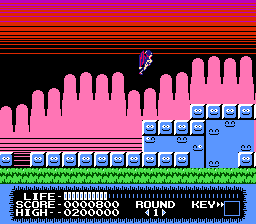
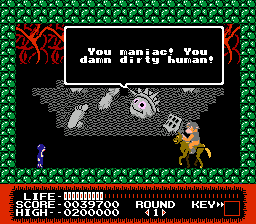
One of the folk responsible for this patch is Garrett Gilchrist (Twitter), who as it turns out was also one of the people behind the Raggedy Ann and Andy patch we reported on a few weeks ago. They’ve made a number of other patches hosted on Romhacking.net that, if you have an interest in such things, you may want to take a look at.
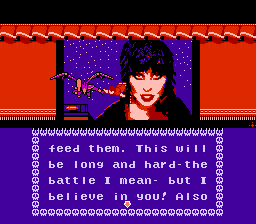
Elvira’s Monster Party, at romhacking.net (via Frank Cifaldi’s Twitter feed)

